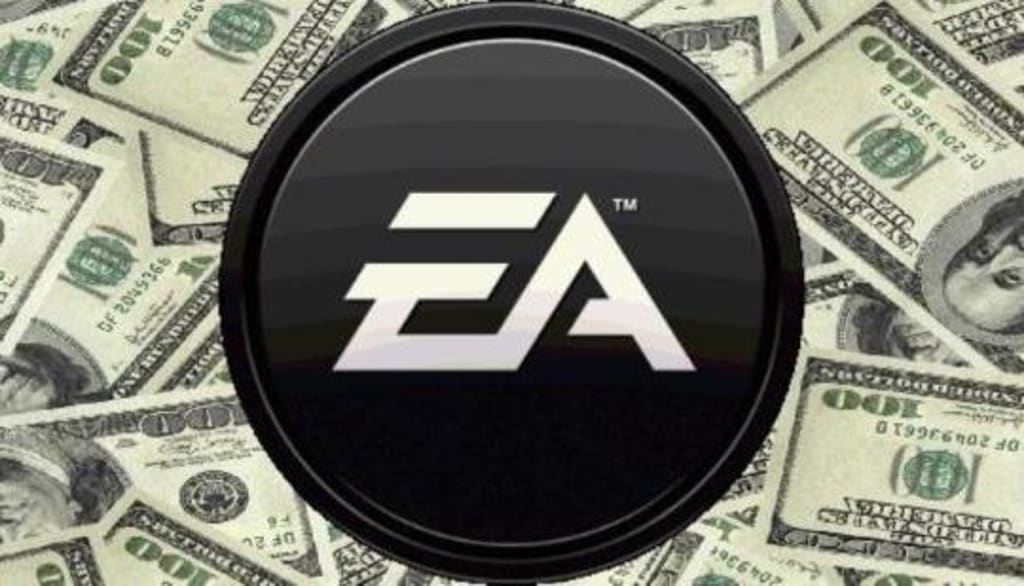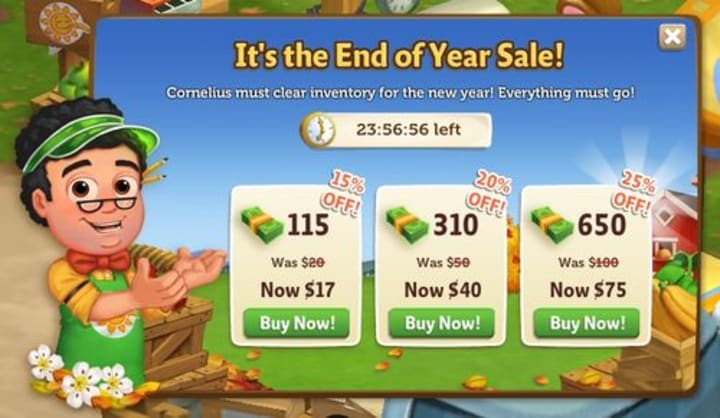
Two topics that have been frequently popping up in gaming news for the past few years are Microtransactions and DLC (Downloadable Content). Are they good? Are they bad? Do they benefit the studio or the publisher more, and can they be used in such that does not upset the ecosystem of a game?
Microtransactions and DLC have come into the spotlight in the past month or so for three different titles. Total War: Warhammer 2, Destiny 2, and NBA 2K18. Each one of these titles now features microtransactions or has featured microtransactions in a previous iteration.
Microtransactions are still a new concept for the gaming community. The full range of what they can be used for has yet to be seen. As each new use is tried, the gaming community either reacts by ignoring it without issue, such as skins in Overwatch, or raging against it such as EA's practices with Day-1 DLC. It is almost never the case that gamers praise a game for having microtransactions even if they actively purchase it.
Before the time of DLC, games came at a set price for the cartridge or disk and that was it. There was nothing more that the studio could add on to that purchase, until the coming of expansion packs for PC titles. Expansions were expected to be a complete experience on their own as well, since the amount of cash and install time required was close to that of a full game.
A prime example is World of Warcraft, the longevity of which is in no small part due to continued release of expansion packs. Each pack adds on several hours of additional content with major changes to the core gameplay.
As internet connections became faster, it became practical to patch games that did not rely on internet play. More and more single-player driven titles received fixes and patches after release and the opportunity arose to start treating expansions as a paid for patch. This became DLC. Producers and studios realize that is more efficient to lower the amount of content that went into an expansion and then just release through a download available to everyone, instead of expecting their player base to go to a brick and mortar store to purchase an expansion pack.
When Done Right, Players Love DLC

Fallout and other Bethesda titles have had mostly positive reactions to their DLC.
At first, this was an idea most gamers were on board for. DLC wasn't coming out on the same day as a games initial release, and it bolstered a game's lifespan, which is always a good thing for that game's core audience.
The concept evolved as studios put out small bite-sized pieces of content for small charges. These were things such as item-packs, in-game currency, and cosmetics. Item packs could consist of gun-packs that would unlock new in-game weapons in titles such as Call of Duty, or whole factions in Total War or Crusader Kings that a player could not touch otherwise.
This first happened at the same time as Facebook and mobile games grew to prominence. These games, by nature of their platform, and either free or can only reasonably charge so much on the initial purchase. In order to fund further development and future titles, they are reliant on microtransactions. From this came energy bars that limited the amount of in-game activity one could do without recharging it, in-game bundles that provided materials or items that speed up tedious parts of the game, or enabled earlier access to end game content.
To draw more traction on these purchases, some games were designed with intentionally tedious segments that an impatient gamer would grow frustrated with unless they purchased one of the bundles.
This practice had an effect on audiences that had not been seen yet. The casual audience, who would maybe only spend a few hours a week on a game, became a core audience to justify their investment. A person who would only play a game on Facebook for thirty minutes to an hour after work might spend a little bit of money to speed up gameplay, because their time is limited and at most they might spend five dollars.
To get the most out of that five dollars, however, they would have to spend a little more time on that game than they usually do. Increased play-time would lead to more purchases, as they want to make the most out of the time they are spending on this game. The cycle continues until you hear that your mother just spent over a hundred dollars on Farmville.
Ads Remind Players That Their Experience Is Incomplete

Even when discounted, games ask players to drop a good chunk of cash.
This cyclical process turned off gamers who already fell under the core-gamer umbrella. They already know that they are going to dedicate several days, weeks, or months to a single title to master it. Because they have this mindset, they want to know that just a single purchase is going to allows them to do that. The concept of that cycle is alien to them and was rejected.
Game publishers saw the opportunity to increase revenue, however, and began integrating the mobile method into their console and PC releases. More and more item-packs came out that worked as more of a roulette system. Buying the pack only gave the player a chance of getting what they want without allowing them to purchase it directly, such as the weapon crates in Battlefield 1. Core content in games got reduced or made more tedious with DLC made available the same day as the core game that would add to the experience like Mass Effect 3.
Audiences hated this. They wanted a one-time purchase that felt solid and if they spent more money, they wanted to get what they wanted. They didn't want to be swindled by a random number generator. This got even worse as games multiplayer centric multiplayer-centric games started offering in-game items that would imbalance the game for real currency. This an issue with several games from Korea or Japan, as well as sports games like FIFA or NBA2k18.
The term "Pay-to-win" got coined. Whoever had a little extra cash could get a huge advantage over players with less money in real life. These games also like to remind players that the option is there to get more out of their experience by dropping a little more money, and will put ads on their menus or pop them up in-between segments.
This is the primary complaint players have with NBA2K18. The game has so many ads for its microtransactions that it makes players feel like they are missing out on the total experience despite having purchased the full game. It is an intrusion of the core experience of the game, and since gaming is a hobby many take up to relax. It can make the experience suddenly stressful.
To paraphrase Total Biscuit, a well-respected game critic, many games with microtransactions tend to interject themselves too much. Games are made as an immersive experience, and by breaking that bubble of immersion a game has defeated its own purpose.
For many players, when they see the experience they can have by adding DLC, the core game begins to look bland. Why would a person only want to have half the potential content of a game? This is an issue as many do not have the means to purchase all the DLC available. It gets exaggerated with titles like Crusader Kings 2. Most of the DLC is small by itself, only changing or adding one or two mechanics which doesn't match up with the price point a quarter to a half of the core game. Altogether, however, the DLC makes the game an entirely different experience.
Many players of Paradox, the company that made Crusader Kings 2, have voiced their frustration as Paradox creates unique grand strategy games on a game that most other game companies don't come close to, but Paradox charges for DLC in a way that Player might as well just get three different games with more content at full price, then to purchase one Paradox title with its DLC. For this reason, many are turned off from buying future paradox titles.
While microtransactions on mobile games seemed to have turned a casual audience into a core audience, it seems that the practices on console and PC releases have had the opposite effect. A once core gamer may play a game for only a few hours before realizing they'll never have all the potential content for that title, then switch to something else. If studios and publishers want audiences to grow, and not shrink, they need to find a way that rewards the player for purchasing the game and doesn't punish them for not spending extra money on it.
About the Creator
Tim T.K.
A sci-fi and comic book enthusiast who ended up writing short stories and comics himself. Having been classically trained in writing at Full Sail University Tim loves discussing the art form in detail. He also likes sharks.






Comments
There are no comments for this story
Be the first to respond and start the conversation.